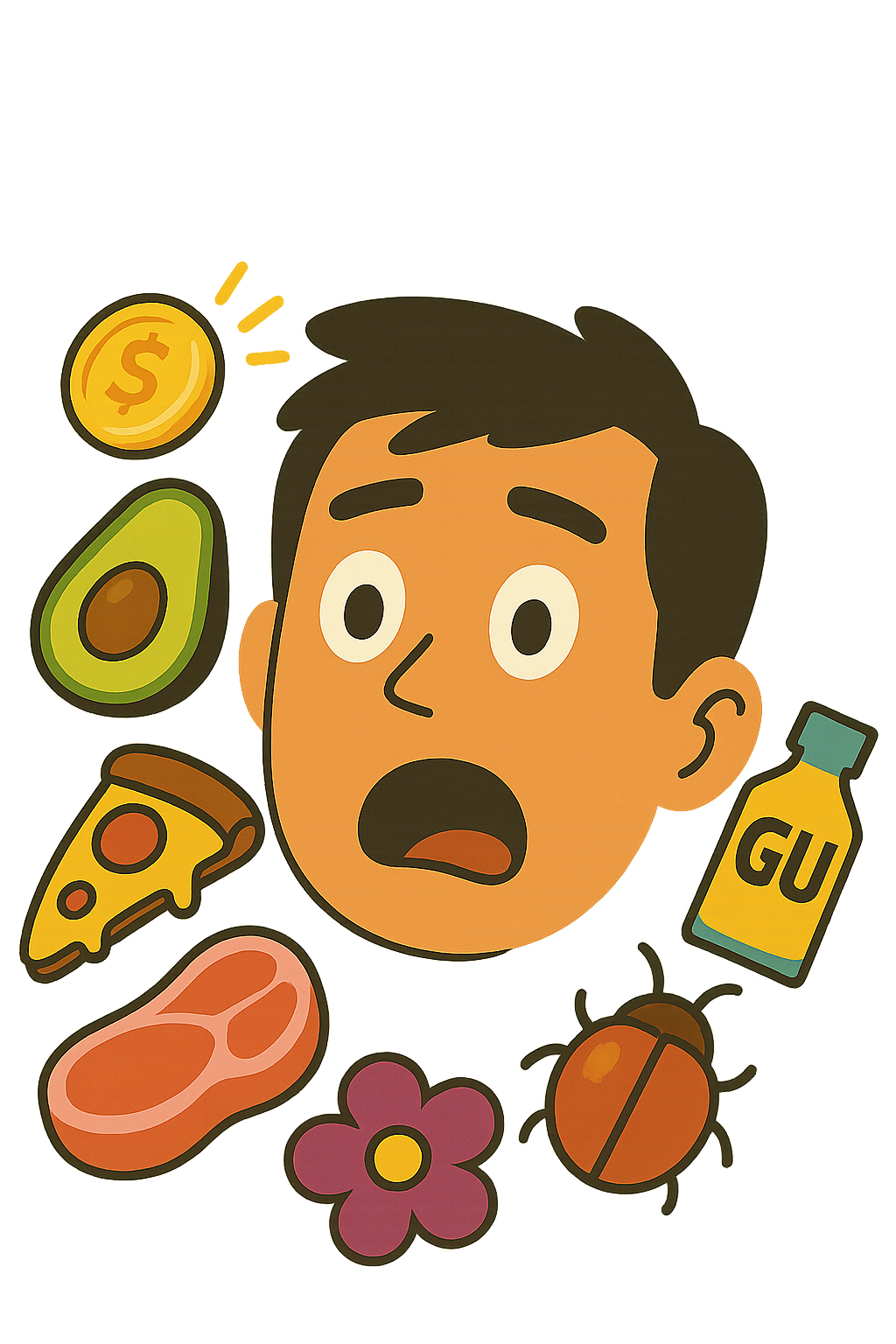Can I eat mucuna pruriens seeds?
Quick Answer
Yes, but with caution.
Mucuna pruriens seeds are edible but they need to be properly processed to remove high levels of naturally occurring L-Dopa, which can have adverse effects on health if consumed in large amounts.

What Is It?
Mucuna pruriens, also known as velvet bean or cowhage, is a tropical legume native to Africa and tropical Asia. Its seeds are known for their high protein content and medicinal properties, but they also contain high levels of L-Dopa, a precursor to the neurotransmitter dopamine.
Historical Context
Mucuna pruriens has been used in traditional Ayurvedic medicine for over two thousand years in India for conditions such as Parkinson’s disease, erectile dysfunction, and as an aphrodisiac.
Why It Can Be Risky
While Mucuna pruriens seeds are edible, they come with certain risks.
- Overconsumption can lead to symptoms such as nausea, vomiting, and hallucinations due to high levels of L-Dopa.
- People with certain conditions such as cardiovascular disease, diabetes, liver disease, mental illness, and those who are pregnant or breastfeeding should avoid consuming mucuna pruriens seeds.
Safe Method?
The seeds should be soaked in water for 48 hours, changing the water every few hours, then boiled for at least 30 minutes to reduce the L-Dopa content to safe levels.
Safe Alternatives
Other high-protein legumes such as lentils, chickpeas, and black beans can be used as alternatives to mucuna pruriens seeds.
Storage Tips
Store mucuna pruriens seeds in a cool, dry place away from direct sunlight.
Preparation Tips
After soaking and boiling, the seeds can be roasted or ground into a powder for use in various dishes.